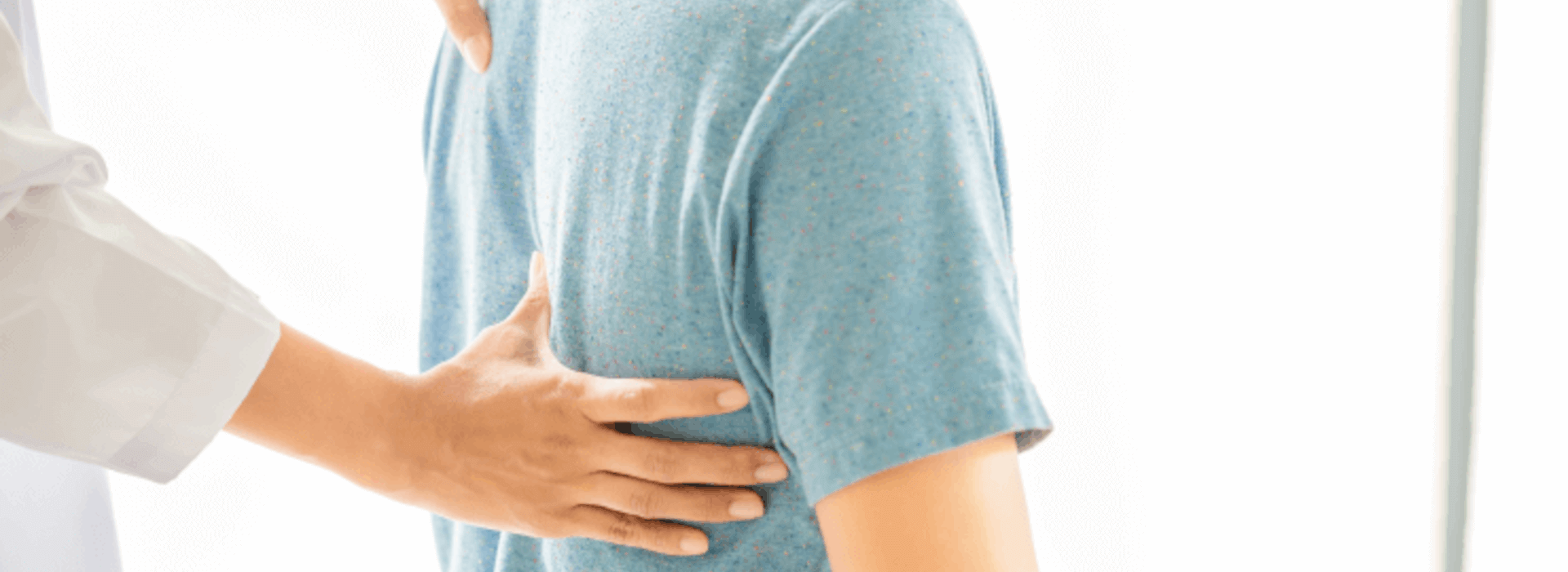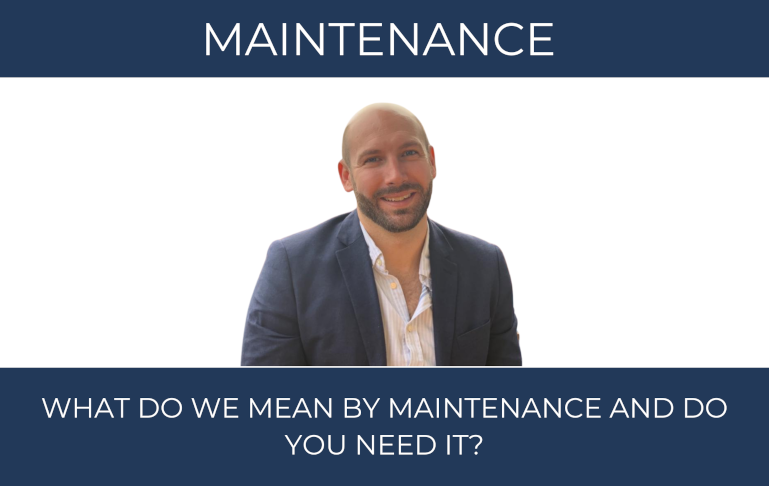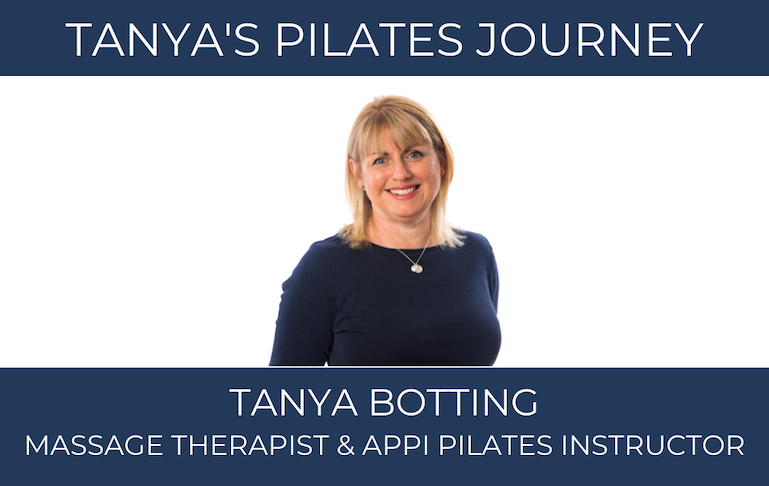Chronic back pain is an extremely common condition, affecting millions of people worldwide. Unlike acute back pain which lasts a few days or weeks, chronic back pain persists for 12 weeks or longer.
Chronic back pain can originate from injuries, underlying medical conditions, posture problems and a variety of other factors. It can severely impact an individual’s quality of life, limiting mobility and activity. We’ll explore the common symptoms to be aware of and the causes of this problem.
Chronic Back Pain Symptoms
Back pain can manifest in a variety of ways depending on the underlying cause. However, there are some common symptoms:
- Aching muscles: Chronic strain and tension in the back muscles can lead to persistent back aches or soreness, which can be localised or widespread.
- Stabbing pains: Compression or irritation of the nerve roots branching from the spine often causes stabbing or shooting pains, which may also radiate into the legs.
- Stiffness and reduced flexibility: Many individuals with chronic back pain experience stiffness in the back, especially in the mornings. A lack of flexibility also makes actions like bending over challenging.
- Numbness/tingling: Compressed nerves can also cause sensations of numbness or tingling in the back, legs, arms or hands depending on the location.
- Muscle spasms: Spasmodic contractions of the muscles surrounding the spine are common but can lead to debilitating pain.
Carefully noting the type and location of symptoms can help determine the source of the pain. While symptoms may be bearable at times, chronic back pain often has flare ups causing sharp increases in intensity. Preventive strategies such as clinical pilates alongside chiropractic or osteopathic treatment can help manage and alleviate the symptoms.
Common Causes of Chronic Back Pain
Muscular Atrophy
One of the most common causes of chronic back pain is muscle deconditioning, also known as muscle atrophy. This occurs when the muscles in the back become weakened or deconditioned over time due to inactivity. The muscles of the back play a crucial role in stabilising the spine and supporting proper posture and movement, and when these muscles atrophy, they lose strength, becoming less effective at protecting the structures of the back.
There are several ways that back muscle atrophy frequently develops. As we age, some degree of muscle wasting naturally occurs, but a sedentary lifestyle and lack of exercise can accelerate atrophy. If an injury causes someone to reduce their normal physical activity, the prolonged inactivity also leads to deconditioning.
Atrophied back muscles struggle to properly support the vertebrae, discs, ligaments and surrounding tissues. This can put excessive strain on these structures, leading to injury or degeneration over time. Strengthening exercises that actively work the back muscles are important for both treatment and prevention. This can help reverse atrophy and its negative impacts on the back.
Poor Posture
Maintaining good posture is crucial for reducing strain on the back and preventing pain. But many common poor postural habits can take a cumulative toll, leading to chronic issues. Slouching, hunching over, and other improper postural alignments place increased stress on the spinal discs, joints, ligaments and muscles over time.
One of the most common postural problems is anterior pelvic tilt, which causes the pelvis to tilt forward and the lower back to overarch. This takes the spine out of its natural alignment, forcing surrounding muscles to overwork to compensate. Prolonged sitting often contributes to poor pelvic positioning, as well as looking down at phones and devices frequently or carrying heavy bags and items on one side.
Correcting long-term postural issues requires retraining the body and building core strength. But maintaining proper posture, especially when sitting, standing and lifting, can help tremendously in preventing chronic back problems.
Trauma and Injuries
Traumatic injuries to the back represent a major cause of acute and chronic pain. Car accidents, falls, fractures, sprains and other trauma can lead to long-lasting issues if not properly addressed. When the intricate structures of the spine get damaged, it often sets off a cascading effect.
Fractures, disc ruptures and ligament tears from trauma cause instability and misalignment in the spine. To compensate, the back muscles spasm and tighten, which then leads to muscle strain and pinched nerves. The initial injury starts the process, but resulting inflammation, scar tissue formation and compensatory muscle imbalances perpetuate the pain.
The key is proper rest and rehabilitation after any trauma to allow optimal healing and prevent long-term consequences. Early intervention with anti-inflammatory treatment, therapy, muscle retraining and physical conditioning is also important to stop acute pain from transitioning into a chronic condition. Paying attention to good posture and core strength after injuries is vital.
Treating Chronic Back Pain
Chronic back pain can be debilitating if the underlying causes are not properly addressed. The good news is that many causes of chronic back pain can be improved with proper treatment. The most important thing to do is find the cause of the problem, rather than treating the symptoms. To this we would recommend an assessment with one of our Chiropractors, Osteopaths or Physiotherapists. Once the cause has been identified they will lay out a treatment plan to focus on alleviating your symptoms whilst correcting the cause.
The team at The Health Hub offer services to help diagnose and treat long-lasting back pain based on your specific condition. Contact us today to make an appointment or seek professional advice.









